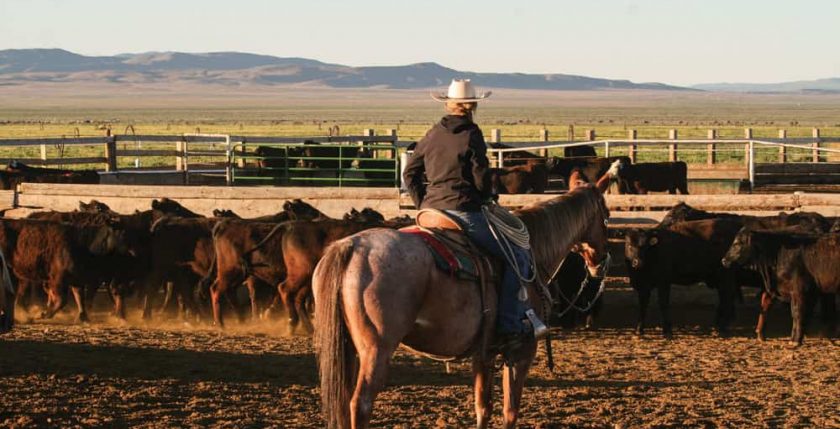There’s a good change that high on your fall to-do list is to pregnancy check the herd. It’s an important herd management step because, as we all know, culling the open females can lead to significant savings at the feed pile. Along with pregnancy detection, there is another important observation you should make while the pregnant female is in the chute – body condition score (BCS).
Feeding a female into a higher BCS at calving is a losing proposition, limited by the cow’s ability to consume enough to overcome her energy deficit and the size of your feed bill. That is why body condition scoring at pregnancy check is such an important tool. At pregnancy check cows are in mid-gestation, which is one of their lowest maintenance energy requirement times, therefore it is the most economical time to add body condition. The quandary of waiting until calving to observe body condition is that a female in her early post-partum period is experiencing some of the highest maintenance energy requirements of her life. This is especially true for 2-year olds who not only work hard to produce milk to raise their calf but are still growing themselves.
Research tells us body condition score at calving has one of the greatest impacts on rebreeding performance. For a cow to maintain a 365-day calving interval, she must be rebred by 82 days post-calving. Cows that calve at a BCS 3 or 4, on average, exhibit first estrus at approximately 80 days post-calving, making it very difficult to maintain a one-year calving interval. On the other hand, females that calve at a BCS 5 or 6 average 55 days to first heat post-calving.¹
At pregnancy check you want the majority of cows in a BCS 5 or 6 for optimal reproductive performance.
Visual appearance of a female in BCS 5 or 6:
- Outline of spine is not visible
- At most, the outline of 1-2 ribs are visible
- Outline of hip and pin bones is visible
- Little to no fat in brisket and flanks
Visual appearance of a female in BCS 3 or 4:
- Spine is highly visible
- The outline of several ribs are visible
- Hip and pin bones can be seen
- No fat in brisket and flanks
Once you have BCS score information, it is important to use it. If pasture or pen space is available, it is a good idea to group cattle by body condition. You can then manage thin females to gain condition and manage other females to maintain body condition in the most efficient manner possible.
The importance of body condition score and its role in the rebreeding efficiency of your herd should not be overlooked. After all, the success of your next breeding season is largely determined before this year’s calf crop hits the ground!
References:
¹ Rasby, Rick. Body Condition Scoring Your Beef Cow Herd. University of Nebraska-Lincoln. Learning Modules.

